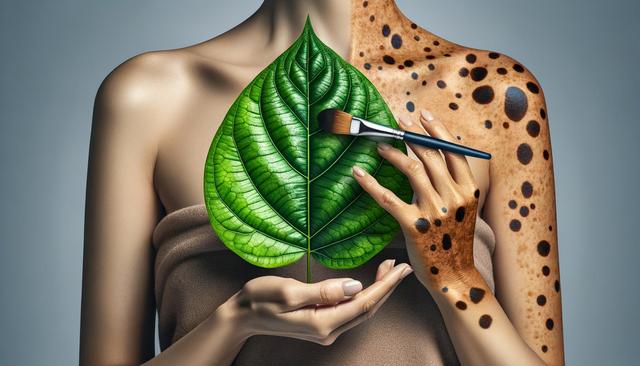What Are Age Spots and Why Do They Appear?
Age spots are flat, brown, gray, or black marks that typically appear on areas of the skin frequently exposed to sunlight, such as the face, hands, shoulders, and arms. These spots are caused by an excess production of melanin, the pigment responsible for skin color. While they are more common in individuals over 50, younger people can also develop them, especially if they spend a lot of time in the sun without protection.
Contributing factors to age spot development include:
- Prolonged sun exposure
- Use of tanning beds
- Genetic predisposition
- Aging skin
It’s important to distinguish age spots from other types of pigmented lesions, such as freckles, moles, or skin cancers. A dermatologist can provide a proper diagnosis and recommend suitable treatments.
Topical Treatments for Age Spot Reduction
One of the most accessible ways to treat age spots is through topical treatments. These can include over-the-counter creams or prescription medications that help lighten the pigmentation over time. Many of these products contain ingredients that inhibit melanin production or promote skin turnover.
Common ingredients found in topical treatments include:
- Hydroquinone
- Retinoids (such as tretinoin)
- Vitamin C
- Niacinamide
- Alpha hydroxy acids (AHAs)
While results may take several weeks to months to become noticeable, these products can gradually improve the appearance of age spots when used consistently and as directed. It is essential to use sunscreen daily during treatment to prevent further pigmentation and protect the skin.
Professional Procedures for Spot Removal
For those seeking faster or more dramatic results, professional cosmetic procedures can offer effective solutions. These treatments are typically performed by dermatologists or licensed skincare professionals and vary in intensity, cost, and recovery time.
Popular professional options include:
- Laser therapy – targets pigment with focused light energy
- Chemical peels – remove the outer layers of skin to reveal new skin underneath
- Microdermabrasion – exfoliates the skin to even out tone
- Cryotherapy – applies liquid nitrogen to freeze and remove the spot
Each method has its benefits and considerations. For example, laser treatments may offer precise results but can be more expensive, while chemical peels may require some downtime. A consultation with a professional can help determine the most appropriate approach based on skin type and goals.
Natural and At-Home Remedies
In addition to clinical treatments, some individuals explore natural or home-based remedies to address age spots. While these methods often lack the scientific backing of medical procedures, many people find them beneficial as part of a broader skincare regimen. It’s important to manage expectations, as results can vary and may take longer to appear.
Some commonly used home remedies include:
- Lemon juice – contains natural bleaching agents
- Aloe vera – known for its soothing and healing properties
- Apple cider vinegar – believed to have mild exfoliating effects
- Green tea extract – contains antioxidants that may support skin health
These remedies are typically applied directly to the affected area in small quantities. While generally safe, they can cause irritation in sensitive skin types, so patch testing is recommended. Natural treatments should be complemented with sun protection to avoid further pigmentation.
Preventive Measures and Long-Term Skin Care
Preventing age spots is often more effective than treating them after they appear. A consistent skincare routine combined with sun protection can significantly reduce the risk of developing new spots and help maintain the results of any treatment.
Key preventive practices include:
- Wearing broad-spectrum sunscreen daily with SPF 30 or higher
- Avoiding peak sunlight hours (10 AM to 4 PM)
- Wearing protective clothing, such as hats and long sleeves
- Regularly moisturizing to support skin health
Additionally, incorporating antioxidants into your skincare—either through products or diet—can help protect the skin from UV-induced damage. Regular check-ups with a dermatologist are also recommended, especially for those with a personal or family history of skin conditions. By taking a proactive approach, individuals can enjoy clearer, healthier skin well into their later years.




Leave a Reply